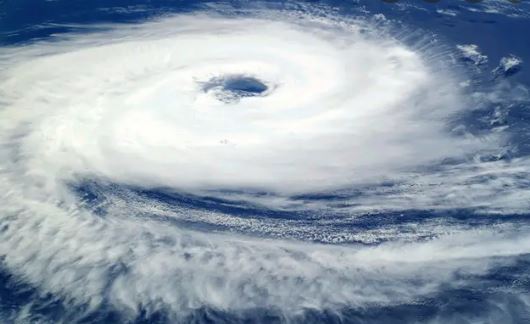Bhubaneswar: Every year, as a cyclone looms over a region, its name becomes a cause of intrigue for many, who wonder why and how is the storm christened.
With Cyclone Asani — a name given by Sri Lanka that means ‘wrath’ in Sinhalese — formed in the Bay of Bengal Sunday morning and hurtling towards the east coast, the same question pops up again.
According to the World Meteorological Organisation (WMO), an agency under the United Nations, there can be more than one cyclone at a time in a particular geographical location or around the globe and the systems can last for a week or more.
Therefore, each tropical storm is given a name to avoid confusion, facilitating disaster risk awareness, management and mitigation.
Short and easy-to-pronounce names are helpful in rapidly and effectively disseminating detailed storm information between hundreds of scattered stations, coastal bases and ships at sea.
It is less subject to error than the older and more cumbersome latitude-longitude identification methods.
Since 1953, Atlantic tropical storms have been named from lists prepared by the National Hurricane Center in the US.
In the beginning, storms were named arbitrarily. From the mid-1900’s, feminine names were started to be used for storms. Meteorologists decided later to name storms from a list for a more organised and efficient system, the WMO stated on its website.
There are six Regional Specialised Meteorological Centres (RSMCs) worldwide and five regional Tropical Cyclone Warning Centres, which are mandated for issuing advisories and naming cyclonic storms.
The India Meteorological Department (IMD) is one of the RSMCs and is tasked with giving a title to a cyclone that forms over the northern Indian Ocean when they have reached a maximum sustained surface wind speed of 62 kmph or more.
The naming of cyclones in the Bay of Bengal and Arabian Sea started in September 2004. The IMD provides cyclone and storm surge advisories to 13 countries across the north Indian Ocean.
The list is arranged according to the names, given by alphabetically-arranged counties, that are neutral to gender, politics, religious beliefs and cultures. It is used sequentially, column-wise.
The designation should not be present in the existing list of the six RSMCs. The name of a storm from the South China Sea that crosses Thailand and emerges into the Bay of Bengal will not be changed.
Once a name is used, it will not be repeated again. The word, which can have a maximum of eight letters, should not be offensive to any member country or hurt the sentiments of any group of population.
In 2020, a new list was released with 169 names, including 13 names each from 13 countries. Earlier, eight countries had given 64 designations.
Names from India that have been used include Gati (speed), Megh (cloud), Akash (sky). Other designations that have been used earlier included Ogni, Helen and Fani from Bangladesh; and Laila, Nargis and Bulbul from Pakistan.
The cyclone that will form after Asani will be called Sitrang, a name given by Thailand.
The names that will be used in the future include the likes of Ghurni, Probaho, Jhar and Murasu from India, Biparjoy (Bangladesh), Asif (Saudi Arabia), Diksam (Yemen) and Toofan (Iran) and Shakhti (Sri Lanka).
PTI






































